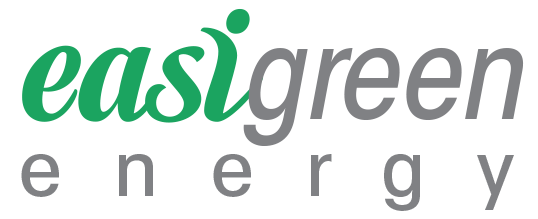Photovoltaic Systems
Solar energy has long been considered the way forward when it comes to renewable sources but photovoltaic systems are a further advancement to the old solar panels which have had limited impact in large scale structures. The Photovoltaic Panel is the material which sets the protons free from the atoms after light passes through. This enables renewable energy to be created.
The photovoltaic system has to be mounted a specific way and needs to be incorporated into the design by the architect. It needs to be mounted onto a very sturdy structure which can withstand a lot of environmental aggressors such as rain and snowfall. For maximizing the production of energy the newer solar array panels have a rotating mechanism which allows them to follow the direction of the sun automatically as the day progresses.
Common Components That Are Needed For Functioning
• A power inverter
• A battery bank (for storing converted electricity).
• Battery controller
• Extra energy sources
• Basic hardware like wiring, surge protection and power processing devices.
The Function Of Inverters
The inverters perform the simple function of turning the direct sunlight stored by the solar modules into usable electricity. There might be one large inverter which handles conversion for multiple panels or microinverters which are attached to each module.
The newer model of ‘smart inverters’ allow the operators to view how much energy has been stored and how best to use it. This can go a long way into reducing electricity costs and building a sustainable timeline in which many hours can be taken over by solar energy rather than conventional sources.
Two Main Types Of PV Systems
There are two known types of photovoltaic systems at present and they are as follows:-
• Grid-connected systems
• Stand-alone systems
Grid-Connected Systems
These are systems which are attached to the main electricity grid. There is a power conditioning unit which converts the solar light into electricity and supplies this electricity to the utility grid as soon as that grid stops sending power through. This is a system of back-feeding the main grid in the case that something goes wrong or if the operators want to utilize the stored solar energy. It also comes in handy during periods of maintenance for the main electric utility grid. The same applies for vice versa when there is solar pv maintenance going on.
Stand-Alone Systems
As the name suggests, this sort of solar roof is meant to operate entirely on its own without any connection to the utility grid. They are constructed to supply certain specifications of loads and may use an extra power source (a hybrid model) to get electricity through. Underneath the photovoltaic glass, separate batteries are used to store the energy which is accumulated during the day.
Pros Of A PV System
• Depending on the size of the unit it can be used for centralized power supply as well as limited supply. The battery storage means you will always have power even during a blackout.
• It is easy to transport and install since it is very lightweight.
Cons
The cost is the main con of this system and for the time being it has had a limited influence on homeowners as big businesses have mostly been the ones to invest in photovoltaic systems.
